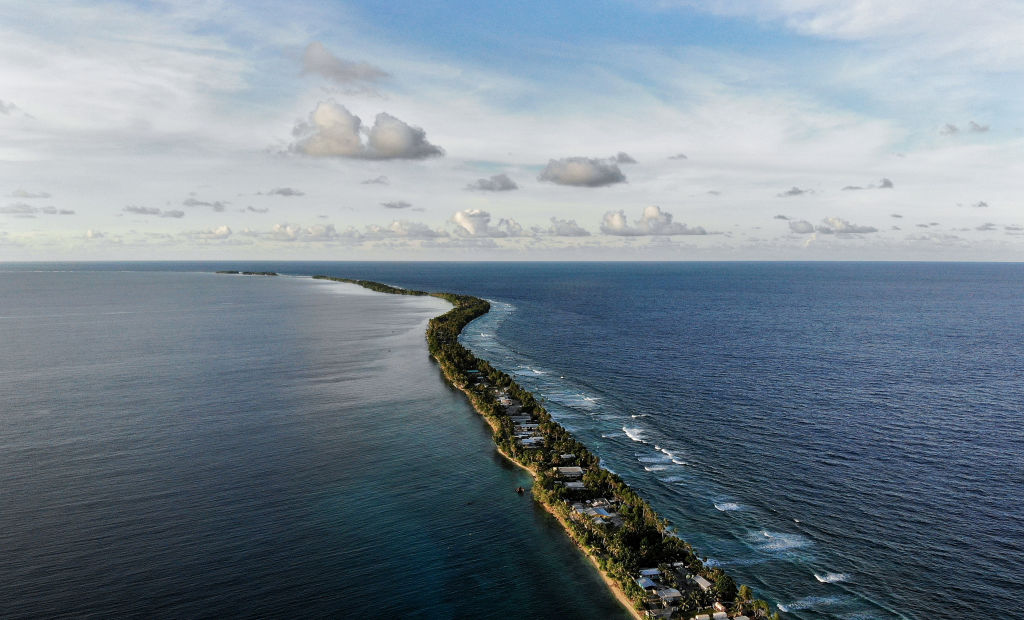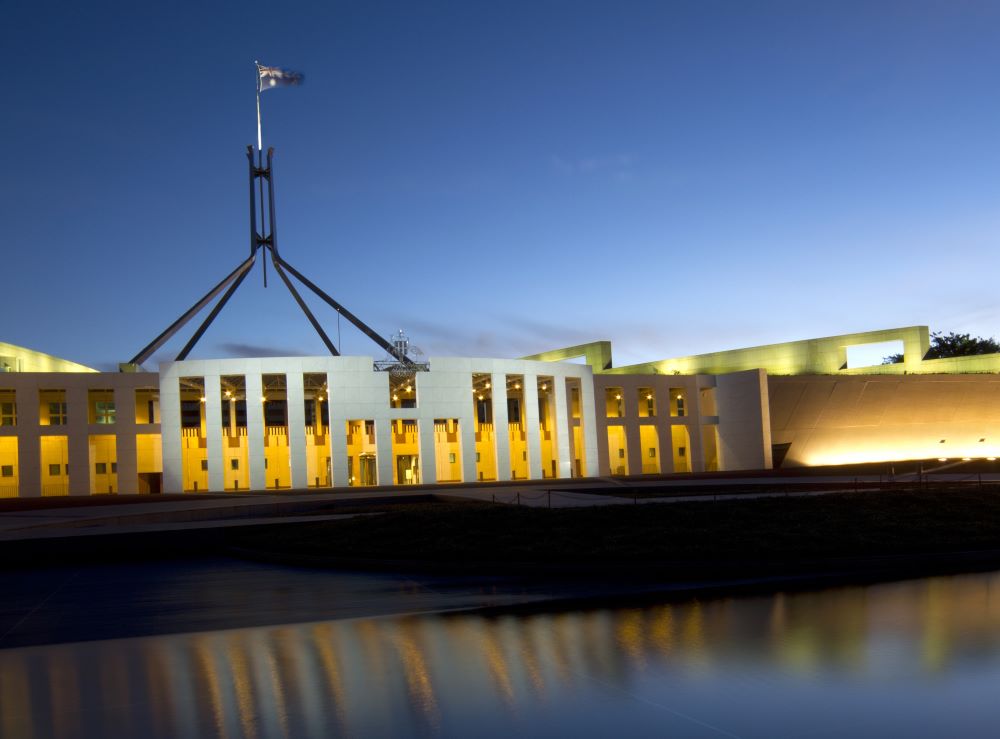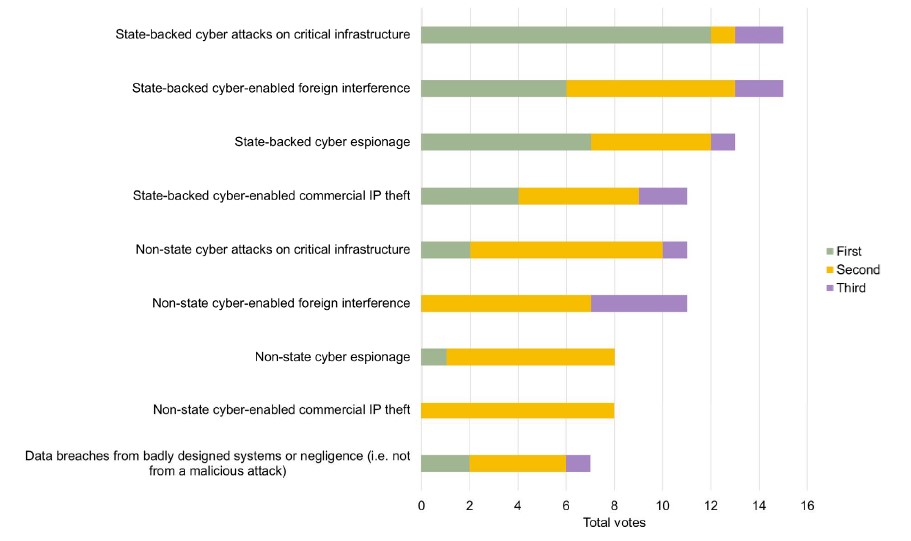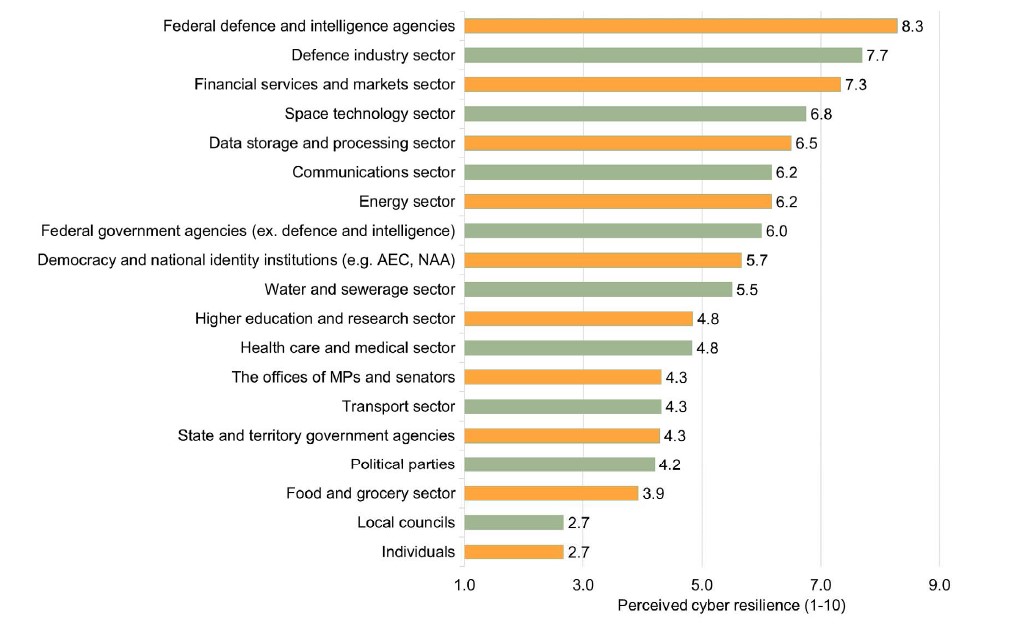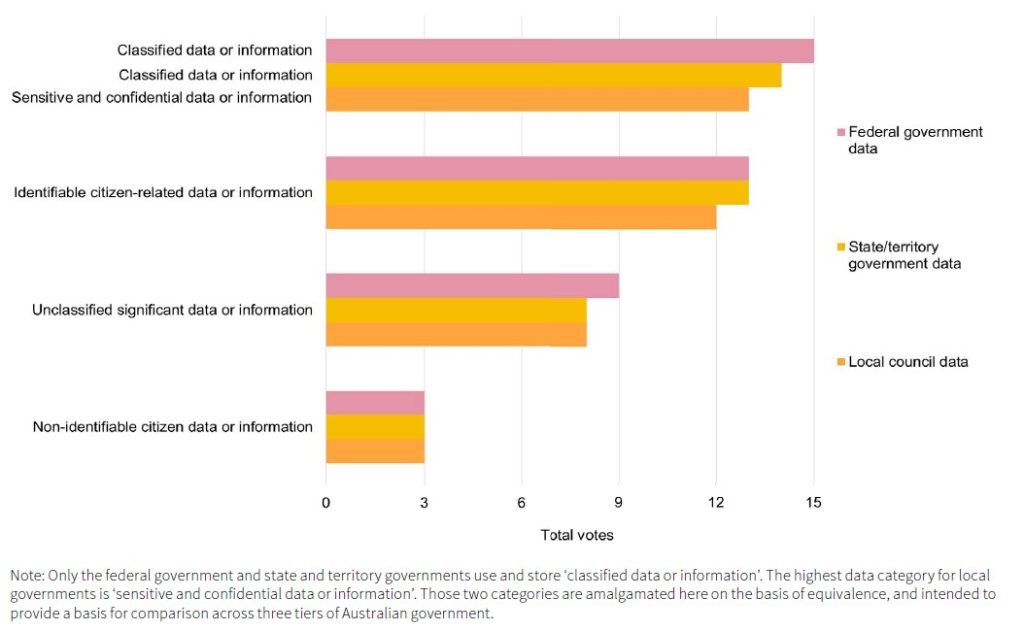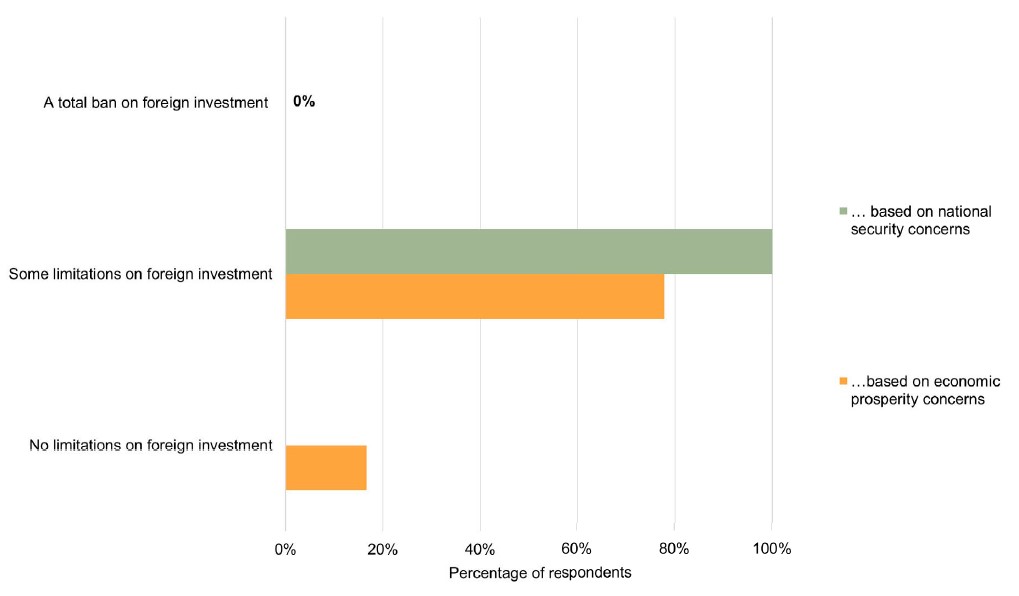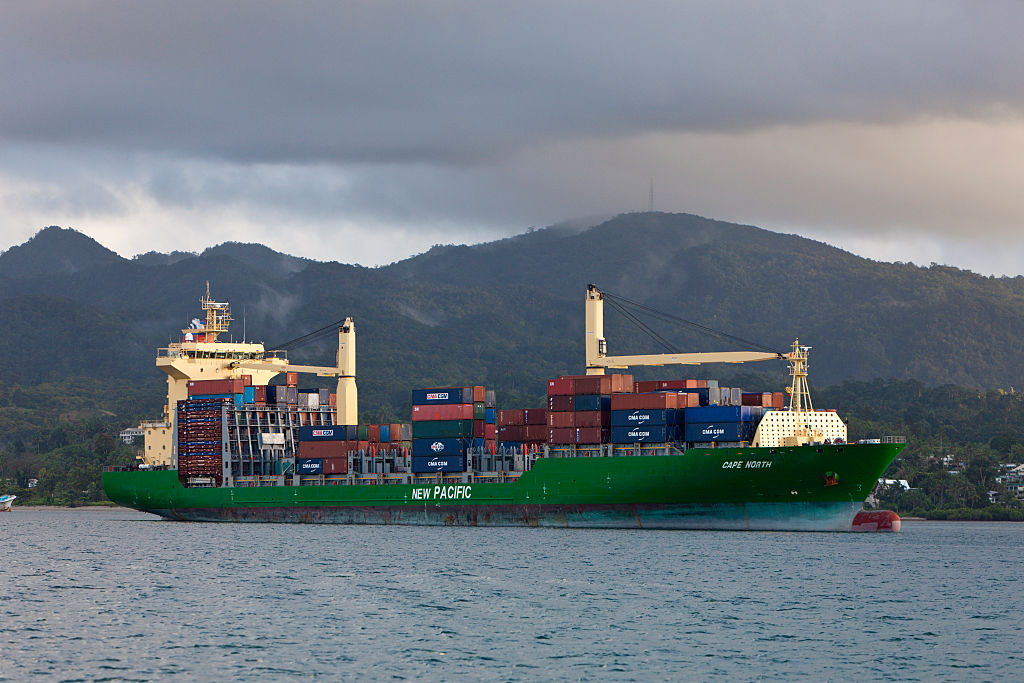The problems with Australia’s social media youth law

Australia’s landmark attempt to restrict youth access to social media will bring unwelcome consequences. The government’s legislation, passed by parliament on 28 November, risks shifting online problems to social media platforms that it doesn’t cover. It also undermines parents’ rights and offers little clarity on enforcement or effectiveness.
Its limitations on social media access fail to acknowledge the nuanced nature of digital harms. What Australia needs is not a blunt instrument such as an age restriction, but a comprehensive, forward-thinking strategy that addresses the full range of digital harms that young people face.
The legislation is the Online Safety Amendment (Social Media Minimum Age) Bill 2024. The world-first law will require social media platforms to withhold access from Australians under 16.
The Bill’s intent is clear—to safeguard young Australians from the perceived harms of social media, mainly related to mental health—but its approach is vague and misguided.
Mixed messages sent by Australian politicians about youth responsibility are stark. While the federal government is moving ahead with this legislation, in Queensland and the Northern Territory there’s a push to reduce the age of criminal responsibility; some suggest that children as young as 10 should be held accountable for serious crimes. At the same time, the Australian Greens are advocating for a reduction in the voting age, proposing that young people should have a say in the nation’s future despite being considered too immature to manage their own online presence. Those inconsistencies undermine the clarity and effectiveness of national policy on youth issues.
At its core, the Bill seeks to address a poorly understood issue with a solution that appears more reactionary than strategic. It fails to acknowledge the nuanced nature of digital harms—mental health issues, online radicalisation and misinformation—many of which are not confined to traditional social media.
Restricting access to platforms like Snapchat, TikTok and Instagram may seem like an obvious measure to protect youth, but it overlooks the dynamic, shifting nature of the online world. Rather than curbing digital harms, it could push young people towards less regulated spaces such as gaming platforms, forums or encrypted messaging apps. That could open up new, unforeseen risks.
Young people’s relationships and social interactions are increasingly digital. For them, online friendships are just as real, meaningful and complex as the ones forged in person by previous generations. By failing to understand that shift, the Bill risks misjudging young people’s digital lives and undermining their autonomy. Moreover, it risks socially isolating many young Australians from friends geographically dispersed across the world.
Enforcing the legislation will be challenging. It does not clearly define what constitutes a ‘social media platform’ or outline a concrete plan for implementing restrictions, even if that’s technically possible. For instance, Snapchat could easily circumvent restrictions by reducing its social media features, leaving its core messaging capabilities intact. The legislation also excludes messaging and gaming platforms. Youth radicalisation has often occurred in spaces outside conventional social media on platforms like Discord or through direct messaging. As we’ve seen in recent cases of violent extremism, those platforms can play just as pivotal a role in radicalisation as social media networks.
The Bill assumes that digital harm can be mitigated through restrictions alone, without considering the broader context of online engagement. While reducing young people’s exposure to certain platforms might protect them from some forms of harm, it does not address the root causes or provide lasting solutions.
The reality is that young Australians will continue to be exposed to harmful content online, regardless of which platform they use. The real issue lies not just in the platforms themselves but in a lack of digital literacy, inadequate online safety education and the broader societal factors that contribute to mental health struggles. With its focus on age-based restrictions, the Bill fails to provide a holistic, effective solution to the challenges young people face in today’s digital environment. Also, if social media organisations implement these measures, they’ll arguably be required to hold more of our data, bringing new risks.
Australia needs a comprehensive, forward-thinking strategy that addresses the full range of digital harms young people face. That includes improving digital literacy in schools, equipping parents with the tools to protect and guide their children and strengthening collaboration with tech companies to develop more effective content moderation.
Rather than simply banning access to certain platforms, the government must focus on promoting resilience, fostering safer online spaces and giving young people the skills they need to navigate the digital world responsibly. Importantly, any policy response must respect the rights of parents to make decisions about their children’s digital lives and avoid imposing top-down solutions that limit parental involvement.
The government’s approach to this Bill fails to recognise the complexity of digital harm and, by focusing solely on age-based restrictions, risks creating a false sense of security. The solution lies not in attempting to shut Pandora’s box but in ensuring that the next generation is equipped to handle its contents. Perhaps the starting point should be better engaging with Australia’s youth.







